Men don’t read. I know that’s a gross generalization, but for every guy that reads a book there are probably three or four women that do the same thing, except the guys would brag about having just ‘read a book’. Guys are certainly more attracted to certain writers, like Stephen King, Brad Thor or other authors with last names of Marvel superheroes. 3X World Champ doesn’t have any of those things, yet guys will love this book and their wives will even borrow the book from them and read it before they can.
Memoir, auto-biography, discarded script for Miami Vice,Category: Books
These are books that kids will want to read-or should read, but will enjoy doing so. Board book, picture books, kid lit, elementary school books, middle school books, high school books, all age comic books and more will be talked about here.
Bunnybirds fills a graphic novel void that lives in elementary readers
It’s ok to have books geared more toward girls than boys. It’s also ok for boys to have books that mainly appeal to them. There are also some books that cross-over to both groups with varying degrees, but could have elements that interest each camp. Bunnybirds is a graphic novel, whose genre is typically associated with boys. However, this is one of the rare graphic novels that will appeal to girls just a little bit more than boys. There are dragons and action elements in Bunnybirds, but the main characters are bunnies with wings. If you suspect that your young reader could become a fan of the massive mglit juggernaut, Warriors, this graphic novel is the prep material for them.
Flying bunnies or hopping rabbits?Penelope’s Balloons, a sublime color hug about change and habits.
Penelope’s Balloons, an illustrated book about a girl and her red balloons is a strong metaphor about OCD and overcoming aspects of it.
Penelope’s Balloons is a brightly-colored illustrated book about an anthropomorphic elephant and the 10 red balloons she always carries around.
Penelope is a friendly and quiet girl who happily jaunts around town with her ten, red balloons. She’s known for this and has come to depend on them being around at all times. How will she respond when a massive storms hits the park where she’s playing and blows her balloons all over town?
Color and negative space aplombWhy You Need to Read My Vampire vs. Your Werewolf
The problem with a Paul Tobin book is that you want to read every word. That’s not really a problem per se, but you want to get to the end of it so that you can find out how all of this silliness ends. And we mean that in the fondest of ways. My Vampire vs. Your Werewolf takes a premise that elementary ages, middle school students and RPG gamers have kicked around since they were first staked or howled at the moon. The moment you mention the title your mind starts to play out how they would fight, what environment would be friendliest to each monster and how could such a battle realistically take place without attracting massive amounts of attention.
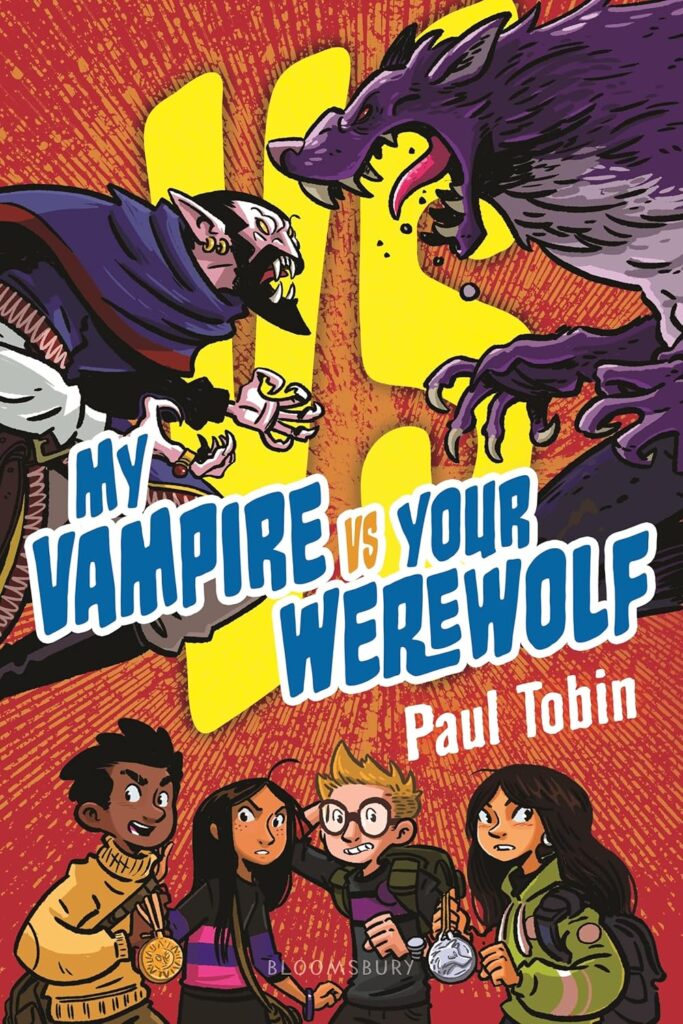
Discover Why Kids Love The First Cat In Space Ate Pizza #1,
Young readers and reluctant readers have more in common than they think. Reluctant readers in most cases just think that they don’t want to read. Assuming that we’re talking about young, elementary school ages, both groups have to find the vehicle that can get them to realize that reading is not punishment. It’s got to be a book so relentlessly fun, over the top silly that it commands young people to engage in something by themselves, for their own enjoyment. The First Cat In Space Ate Pizza is the first book in the series that takes its rightful place alongside Dog Man and Investigators as the go-to graphic novel series for ages seven and up. This book also came out a couple of years ago, so if you’re judging as to why it’s just being reviewed now, I say be curious, not judgmental.
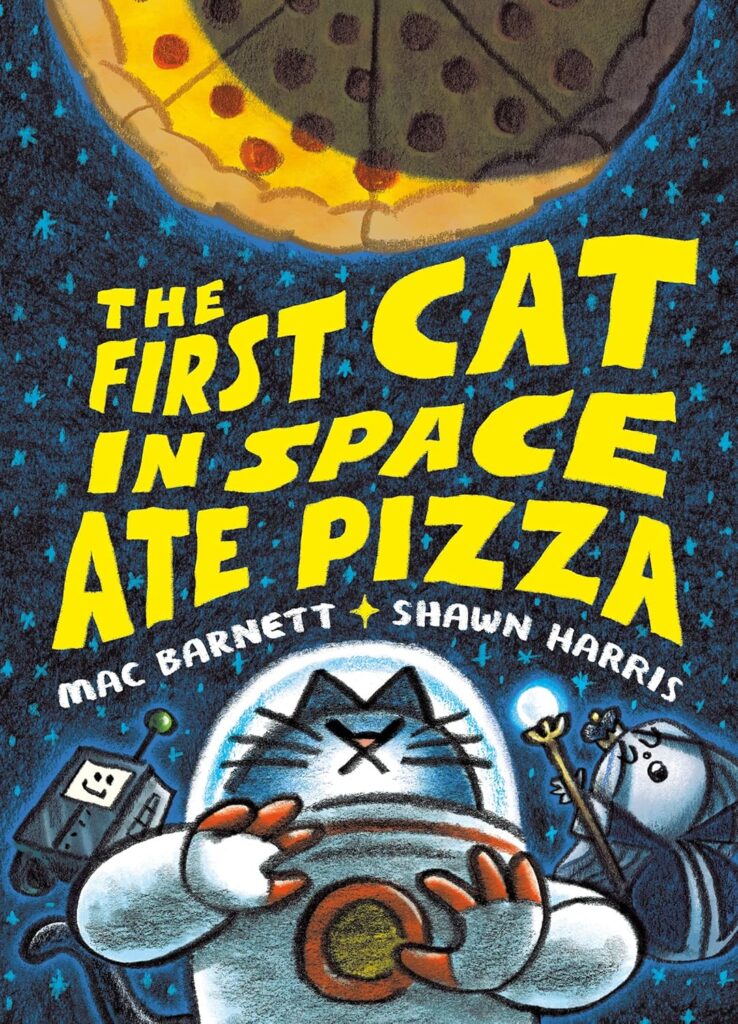
Theodora Hendrix: A Fun Chapter Book for Young Readers
It’s a great feeling for parents, educators and most of all, children, when they can comfortably carry around a chapter book. Those first and second graders might carry around Dog Man, but it probably belongs to their older sibling. It’s in late second grade, third grade and hopefully by fourth grade when kids start carrying books like Theodora Hendrix and the Curious Case of the Cursed Beetle. That’s an alliteration in case you’re reviewing that term for seventh-grade ELA. This is second entry in a ridiculously fun chapter-book series that run with silly characters, age-appropriate monsters, and just enough evil to thrill ages 7-10.
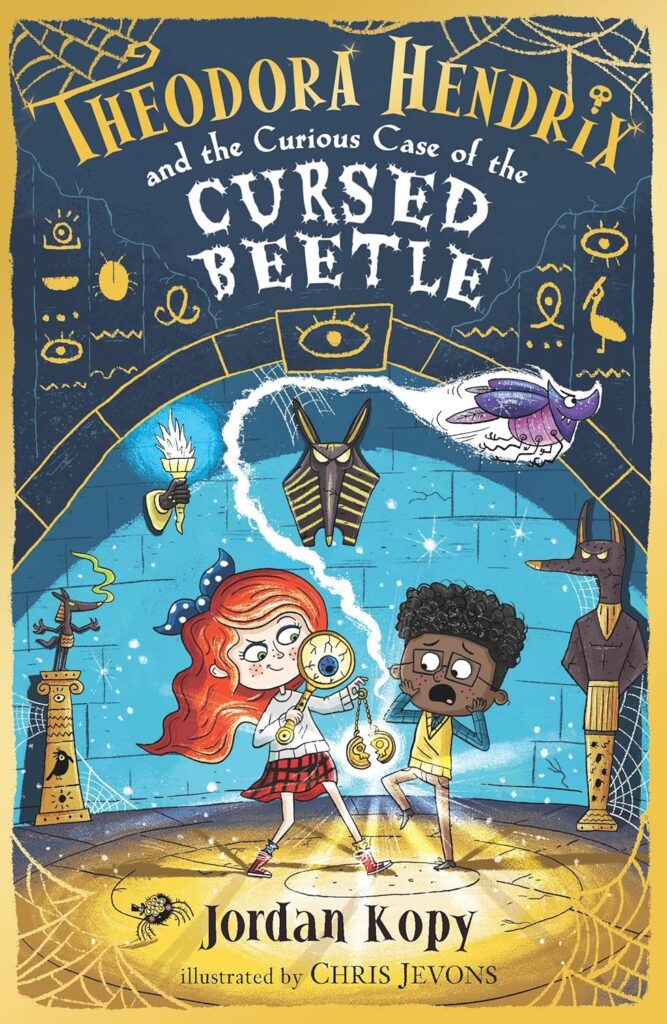
Exploring Nature and Learning: A Review of ‘The Den That Octopus Built’
We’ve been working with our 12-year-old on context clues and how to better understand them. Whenever I’m with high school ELA students I work with them on context clues, albeit in a slightly more direct tone. That could fall under the category of “read the room” or being able to infer what happens in a story due to something else occurring. The Den That Octopus Built is a smart illustrated book that tells a grand story with minute details that older readers will get the first time, and younger audiences will latch onto after one reading.
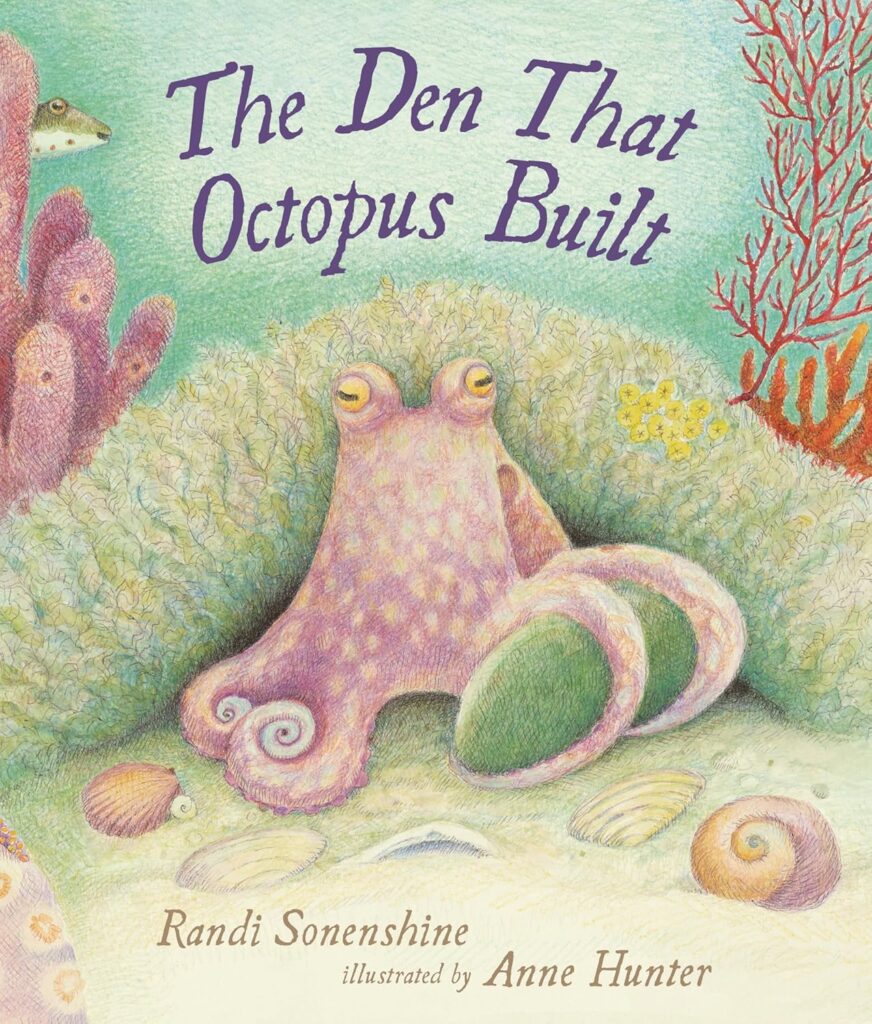
Lucy! How Lucille Ball Did it All, illustrated, can-do fun in any era
Author Amy Guglielmo and Jacqueline Tourville have a niche in children’s publishing that speaks to the white spaces in illustration. The blank spaces in illustrations can bring about as much power as the colored parts. A page full of color might seem like more, but it can be overwhelming and is too much. The two authors have paired up two times prior to Lucy! How Lucille Ball Did It All, and while each bok is different, they have strands that bind their quality and maintain their level of interest among elementary and lower-middle school readers. This is all the more surprising because the duo has written non-fiction books on women that typically have flown under the pop culture radar.
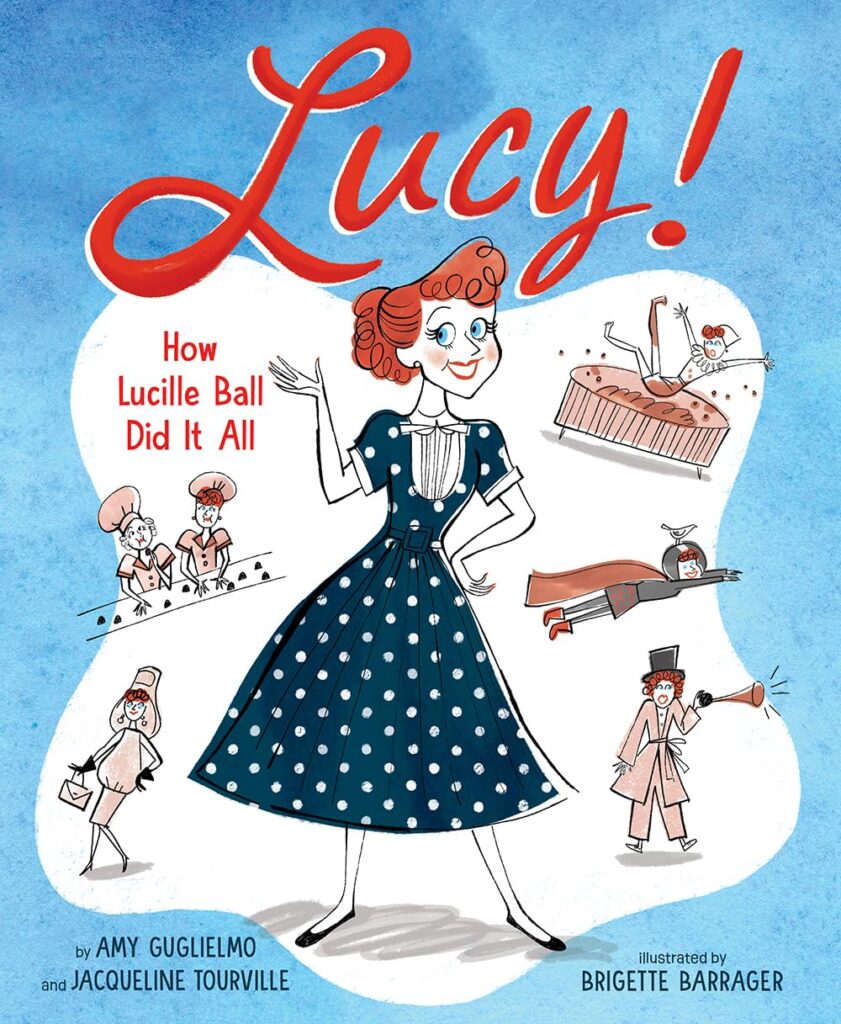
In How To Build A Hug they wrote about Autism expert, Dr. Temple Grandin. Pocketful of Colors: The Magical World of Mary Blair, Disney Artist Extraordinaire, told the story about a woman whose work people know, but few outside of the Disney-fandom could readily talk about or reference. With Lucy! How Lucille Ball Did It All, the two are partnered again with the Brigette Barrager, the illustrator that did the wonderful work on Pocketful. This trio work well together, or more accurately, Barrager’s style of art flows very well with the minimalist, yet detailed story they’ve created.
In both books, the subjects could’ve had a much more in-depth look at their lives or accomplishments. Lucy! is predomately about the very early years of Lucille Ball. When she was very young her father died and she lived with her relatives, who did not agree with her constant tomfoolery. This led her to play by herself most of the time. When her mother returned from working in a different city, it allowed Ball to see how much of her she could become.
She performed in local plays, school functions or any activity that let Lucille be the funny person she wanted to become. Her mother saw the passion Lucille put forth, as well as, the local success she had, so she scrounged up the money to send her to acting school in New York City. When Lucille got there she saw that she had the drive, but that because she wasn’t a singer, dancer or dramatic person her ability to make people laugh was going to be challenging. She jumped at any opportunity to get in front of audiences and continued slogging it away. Lucile kept at it, honed her slapstick skills with Buster Keaton and was there when movies started being filmed in Technicolor.
This led to her coloring her hair bright red, which yielded more bit parts in 60 movies over ten years. Unfortunately, this was the same serious stuff that paid bills, but wasn’t the funny money that she knew was in her blood. That fruit happened when she signed on to be a funny housewife in a radio comedy show, My Favorite Husband. It was taped in front of a live audience, which scratched the itch she had for making people laugh and became a very successful show. As television was a new medium it was logical that this be translated to the small screen and the rest of Lucille Ball, I Love Lucy, Desi Arnaz, and the legend that she wrought is history.
I remember watching I Love Lucy I as a kid. I’ve seen snippets of the show as I wrote this review, which is one reason it took me so long to do. One highlight begets another highlight and so on, the show still holds up today and its humor translates to modern audiences. The only thing that will preclude it from being enjoyed by elementary or middle school audiences to the same degree is the fact that it’s in black & white, and much of the humor is based around relationships. There are still some hilarious physical gags and mistaken identity bits that don’t require any age limit to watch and enjoy.
Lucy! sets up the events and time period that lead up to her iconic television show. The story of never giving up, working hard for what you want and having the patience to see it through are characteristics that anyone can benefit from. You could easily imagine anyone who has trained hard for something, but had to wait decades until it was their time to go on stage, perform the operation, walk in space or do whatever had led them to that point. It’s resilience 101, a trait that some kids need lots more of and Lucy! is just the entertaining kind of book that they’ll enjoy reading and just might learn something from.
Lucy! How Lucille Ball Did It All is by Amy Guglielmo and Jacqueline Tourville with illustrations by Brigette Barrager and is available on Abrams Books for Young Readers, an imprint of Abrams Books.
There are affiliate links in this post.
The below was not in the I Love Lucy show, it might not even be about Lucille Ball, but it’s a great song from a criminally underrated band.
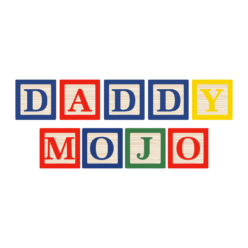


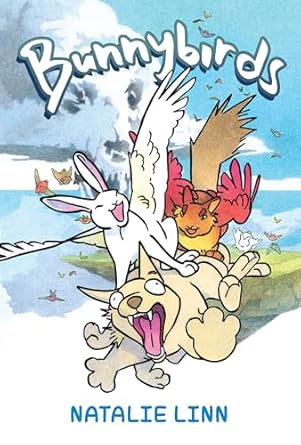
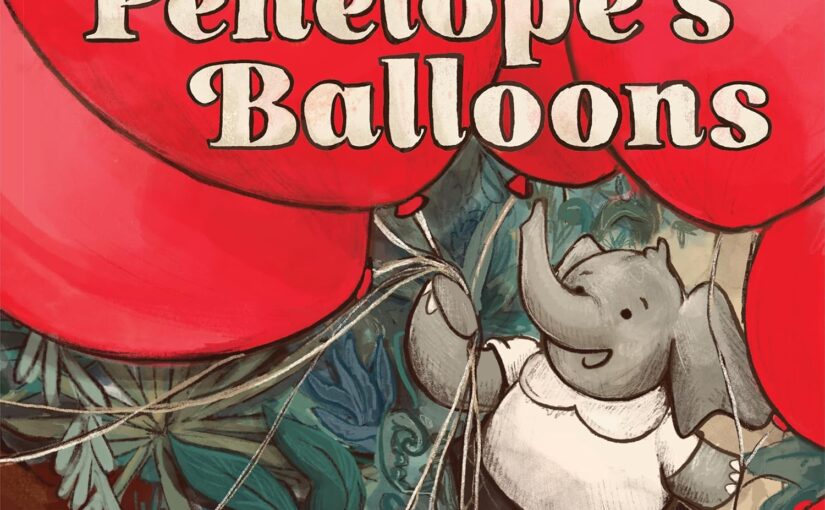

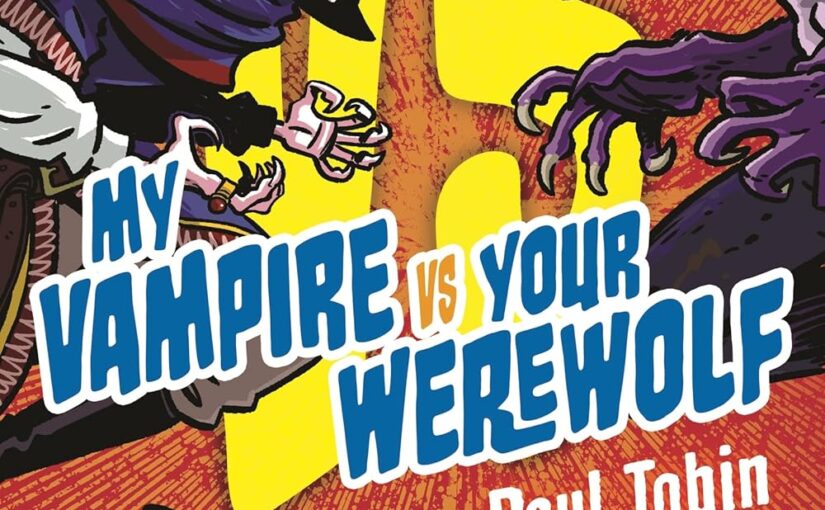
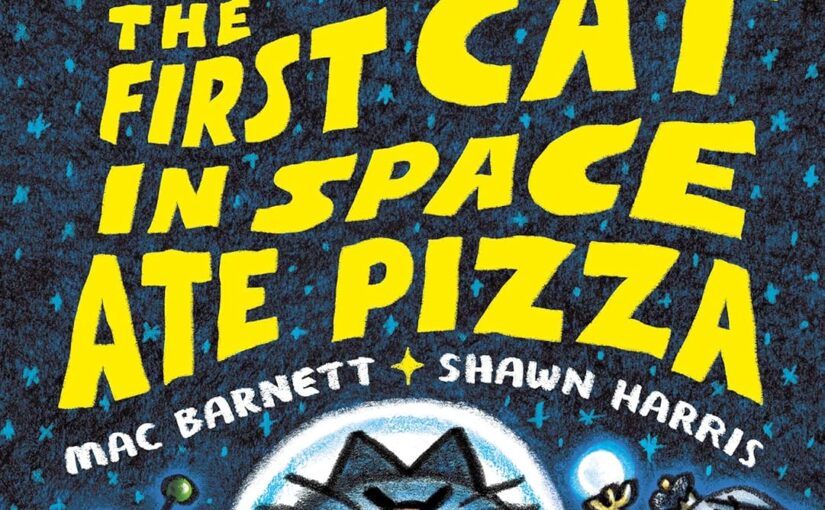
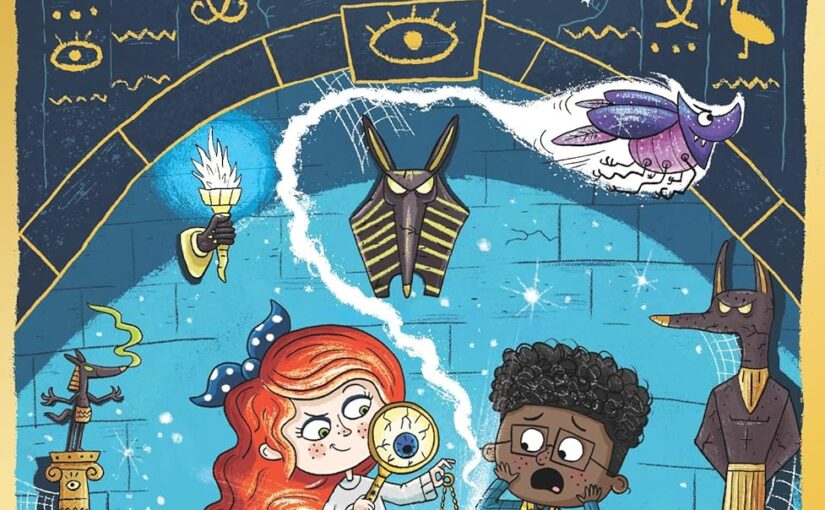
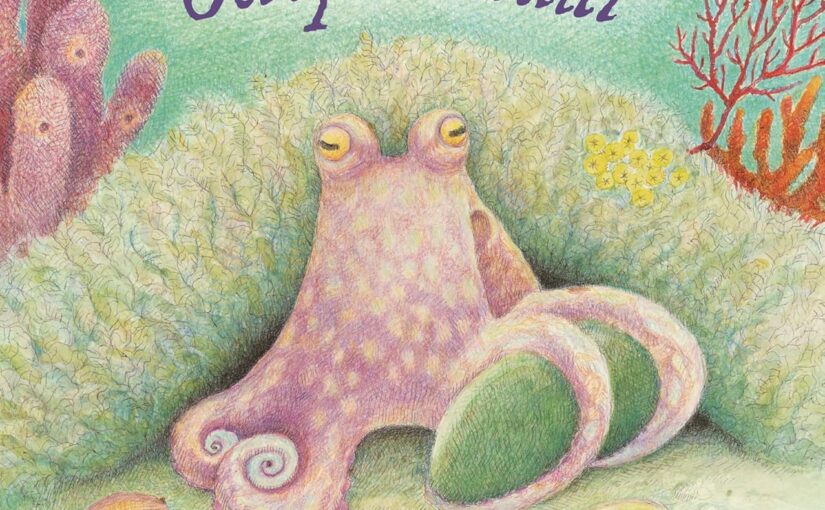
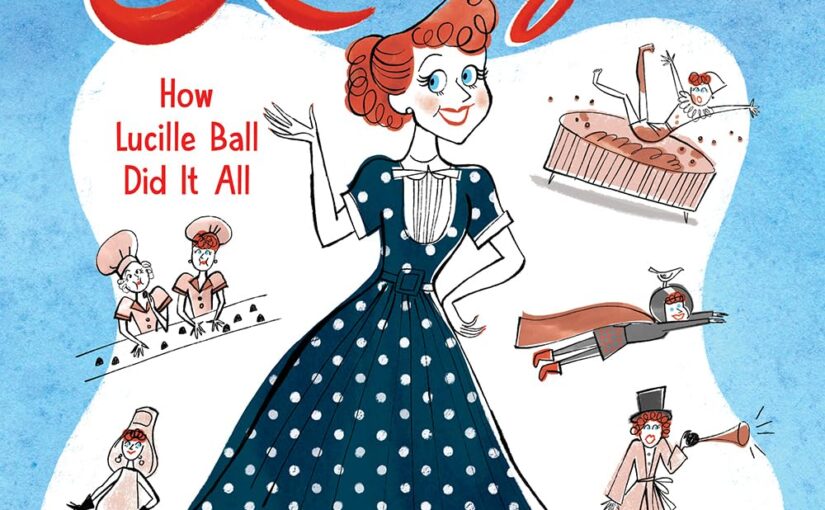


 Facebook
Facebook Twitter
Twitter Flickr
Flickr GooglePlus
GooglePlus Youtube
Youtube